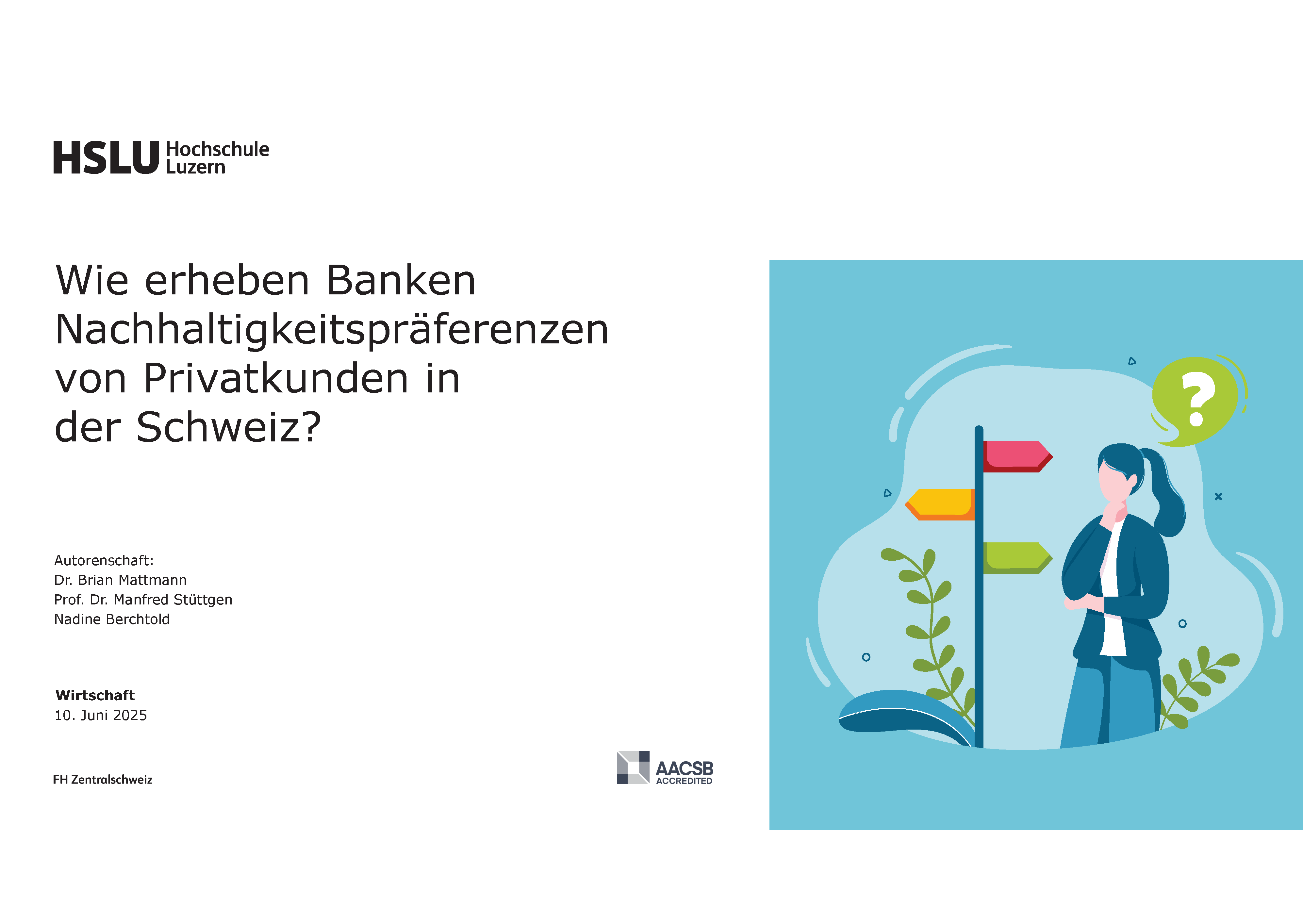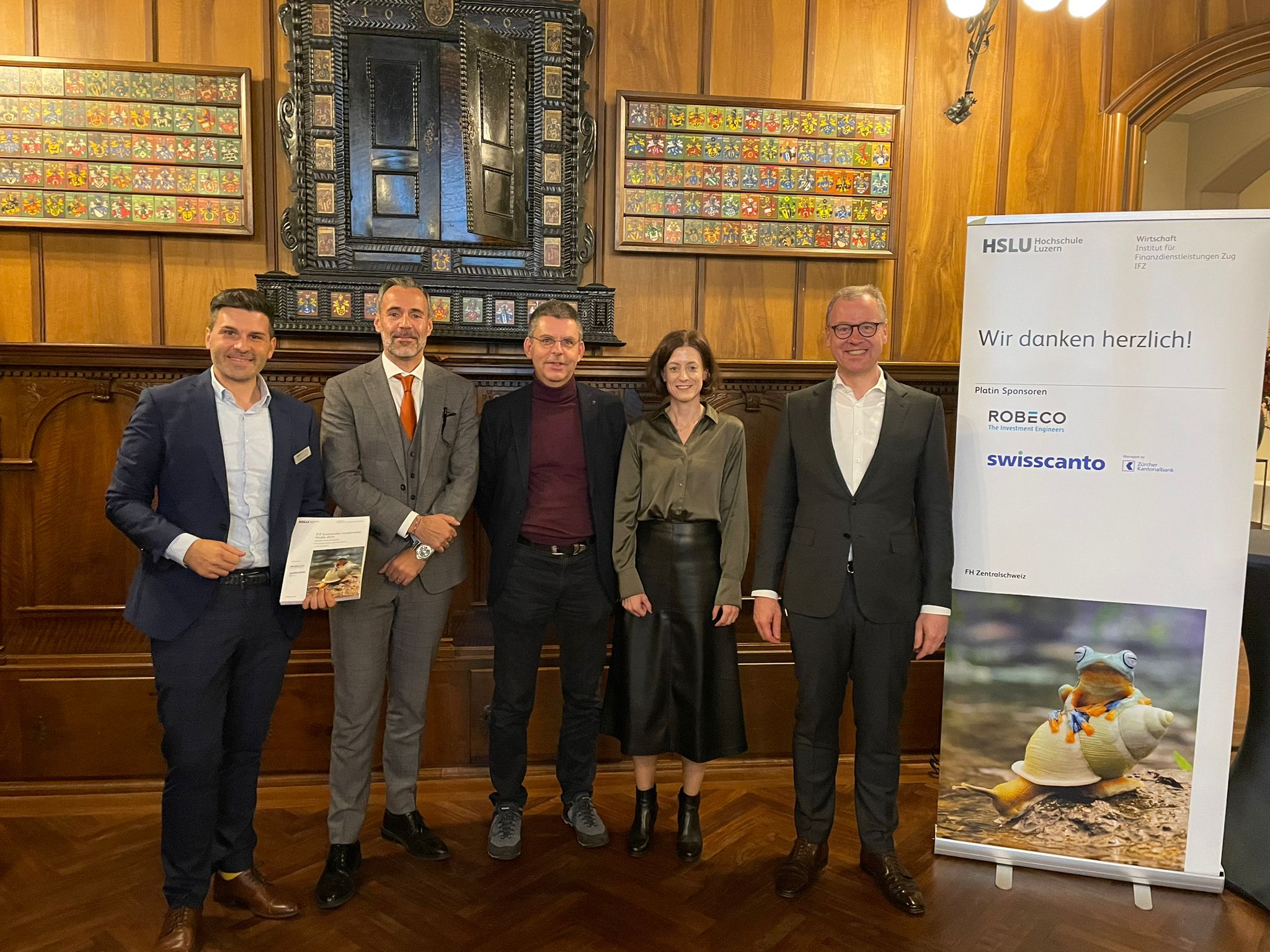29. August 2022
The blind spot of the ESG industry: Forced migration.

ESG investments are booming. Rarely, however, do they focus on social («S») topics. One of today’s biggest social challenges is forced migration – and the urgently needed support for refugees – is completely dismissed. This blog identifies some of the issues at hand.
Author: Kamulegeya Jaffar Obeid
As the flow of displaced people from Ukraine increases, society is continuously considering how to respond to such events. Corporations, investors, and the private sector have made numerous commitments extending beyond the usual philanthropy donations. While encouraging, these commitments are a drop in the bucket relative to what is required to address urgent issues around global forced migration. The global forced migration issues extend well beyond the Ukraine refugee crisis, and this should be a concern to all responsible investors across all their asset classes and investment strategies.
ESG investments with a focus on “S” topics are rare, and a focus on refugees does not exist.
However, despite the growing interest in ESG investments, and the current continued preference for companies paying attention to S- topics, ESG investment funds rarely focus on S topics with none of them addressing forced migration i.e in Switzerland, none of the sustainable funds investigated directly address forced migration. Put simply, forced migration is not just an ESG factor, but a defining social challenge of our time, just as climate change is a defining environmental challenge. Investing in displaced communities is imperative for investors seeking gender equality, improved infrastructure for developing nations, accelerated climate change resilience, or reduced inequalities.
«Forced migration» issues should be integrated via the Sustainable Development Goals (SDGs) into investment solutions.
Often during the investment process, investment funds use the SDGs as a framework for orientation. Forced migration issues could be mapped onto this framework since it has become increasingly clear that any meaningful resolution to the refugee crisis requires incorporating development and humanitarian interventions, such as integrating forced migration into the UN’s Sustainable Development Goals. Therefore, any portfolio strategy for achieving the SDGs should also invest in solutions to forced migration.
Refugee sustainable solution to address forced migration in ESG investments
To address the forced migration topic in ESG Investments, a refugee sustainable solution is needed. This will enable refugees to be more resilient, empowered, and protected and help lead refugees into a sustainable future.
Implementing a refugee sustainable solution is not just socially right, but it is also financially savvy. By taking this proactive approach, we can shape inclusive corporate culture, business models, and societies. This, in turn, will positively impact corporate diversity, equity and inclusion, performance, human rights, and social risks- This is especially the case as the S in ESG will become more relevant for the companies and their shareholders and stakeholders. When implementing the refugee sustainable solution, investments can be deployed in four different stages (see figure 1) of displacement; Resilience (preventive), Response, Integration (stability), and Recovery.
- Resilience: Investments are made to reduce the risk of displacement, reduce further harm, or address the underlying causes.
- Response: A strategic investment and capital deployment approach improve humanitarian responses during emergencies or crises.
- Integration: Investments are made to help support the integration process and training.
- Recovery: Investments that promote economic inclusion.
Initiatives, such as «Fokus Bern,» from Invethos, and the iGravity fund are pioneers in implementing refugee sustainable solutions. Scaling such initiatives and making them investable through ESG investment public funds would be innovation with commercial potential and at the same time achieve an impact.
Conclusion
Therefore, whether the ESG Investment funds adopt the refugee sustainable solution, it’s important to know that forced migration is a blind spot in the industry and there’s no reason not to include it as a reliable indicator or to include it as an indicator that allows for engagement with corporations and fund providers. By doing so, we will be able to source, structure, and leverage investment opportunities beneficial to refugees and the communities that host them, and support entrepreneurs in displaced communities to build this pipeline and prevent forced migration by practising resilience.
The author of this blog, Jaffar Obeid Kamulegeya, was a student at the Lucerne University of Applied Sciences. This Blog is based on his recent master thesis titled ESG Investments: Opportunities and Challenges of dealing with «S» (Social) criteria and themes. “The Refugee Sustainable Solution”.
For more information, contact me at obeidjaffar@gmail.com
References
Invethos AG, (2022). Social Impact Bond https://www.invethos.ch/impact-investitionen#c5419
Institute of Financial Services. (2021). IFZ Excel Sheet for Social funds [Dataset].
Finance for Integration, (2022). https://financeforintegration.com/trends/investors/
Kamulegeya, J. O. (2022). ESG Investments: Opportunities and Challenges of dealing with «S»(Social) criteria and themes “The Refugee Sustainable Solution.”
Refugee Integration Insights, (2022). https://www.refugeeinsights.com/solutions
Refugee Investment Network. (2020a). Enabling refugee integration and opportunity: A literature review. https://refugeeinvestments.org/resources/enabling-refugee-integration-and-opportunity-a-literature-review/
Refugee Investment Network. (2020b, November 24). Building Inclusive Economies: Applications of Refugee Lens Investing. https://refugeeinvestments.org/resources/building-inclusive-economies/
Refugee Investment Network. (2022). Paradigm Shift: How investment can unlock the potential of refugees. https://refugeeinvestments.org/resources/paradigm-shift/



Kommentare
1 Kommentare
Martin Frost
30. August 2022
Ich finde diesen Blog hilfreich, weil er Strategien entwickelt, wie wir einige der weltweit größten Probleme der erzwungenen Migration überwinden können.
Danke für Ihren Kommentar, wir prüfen dies gerne.